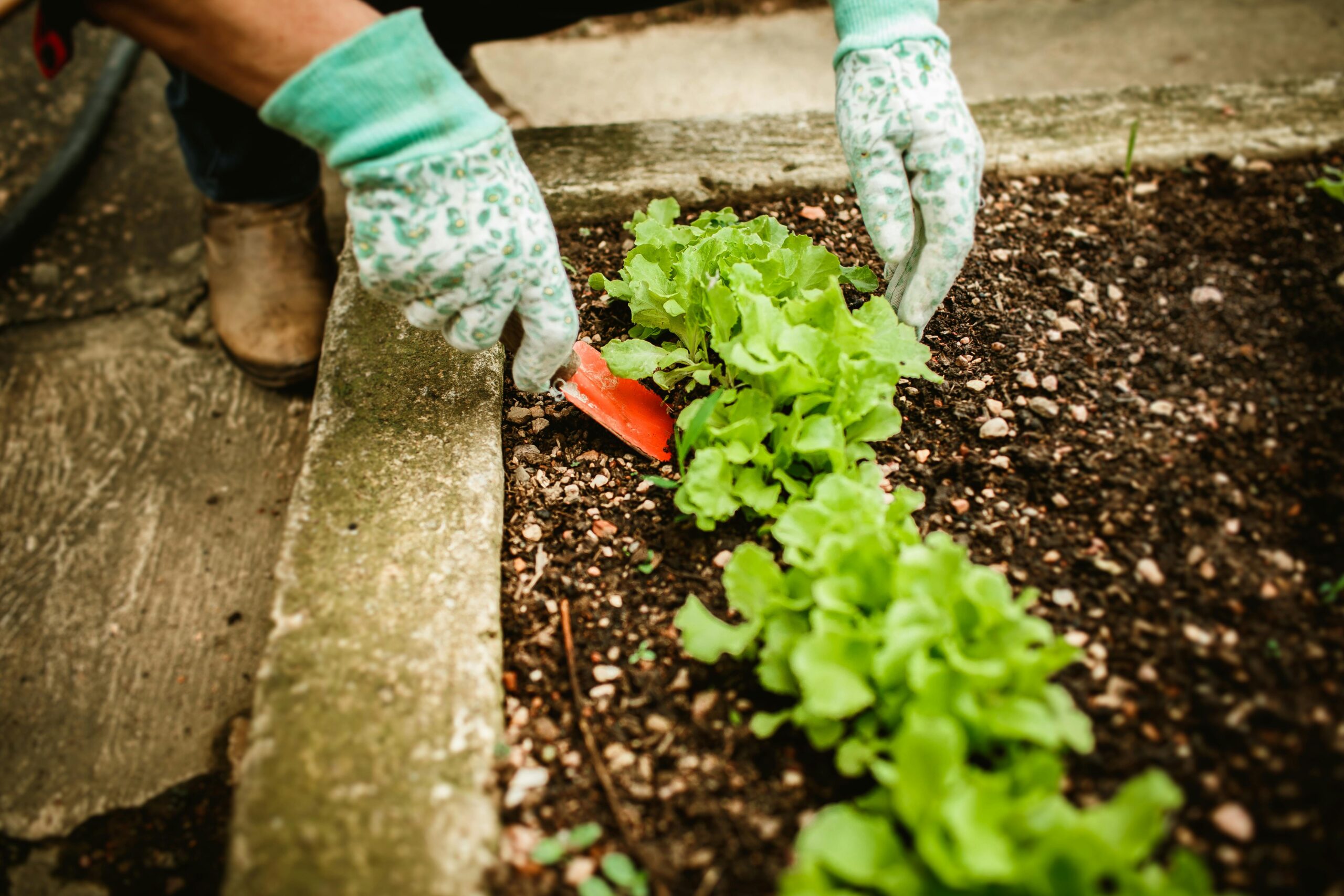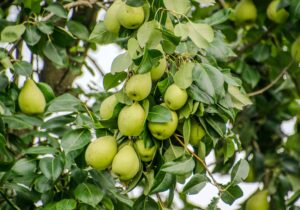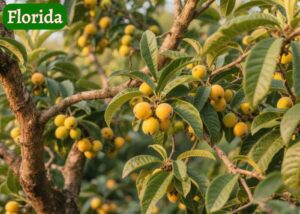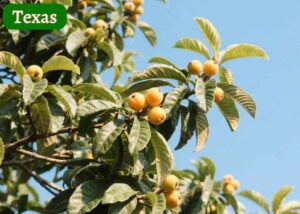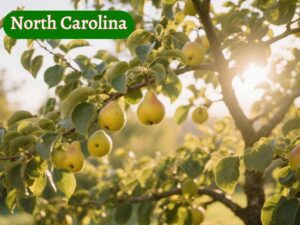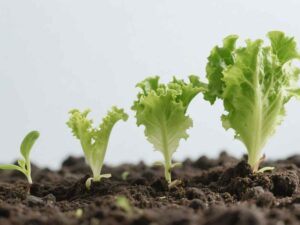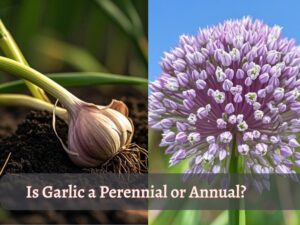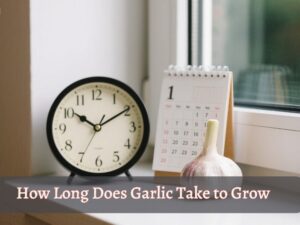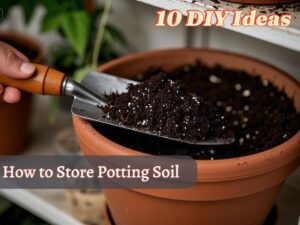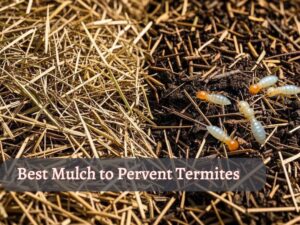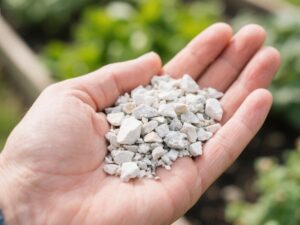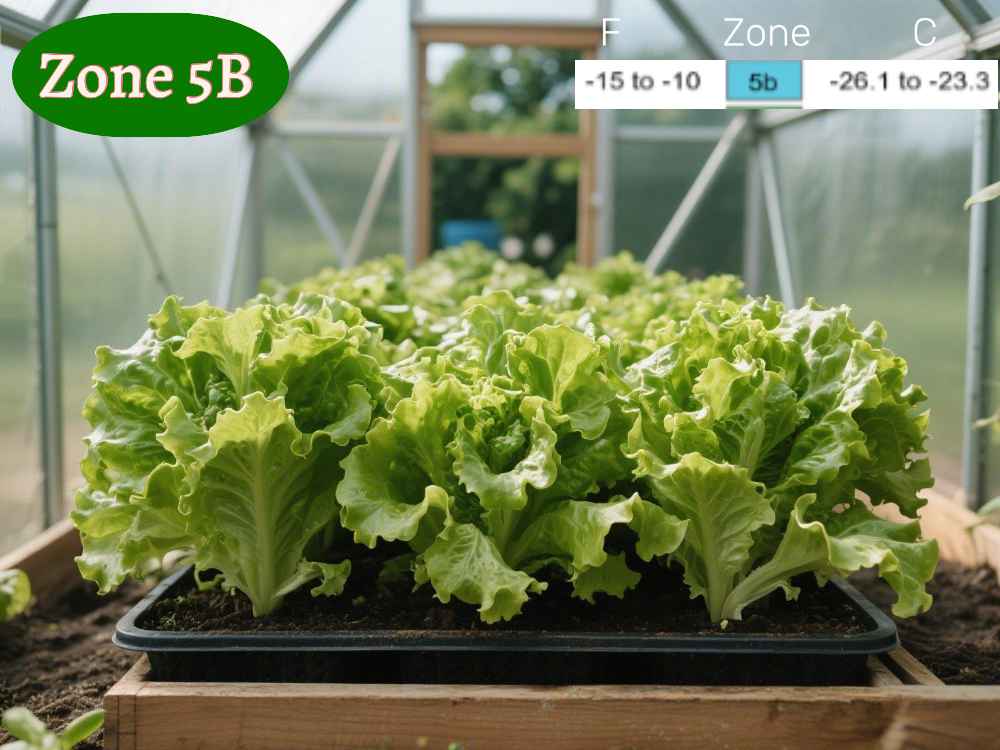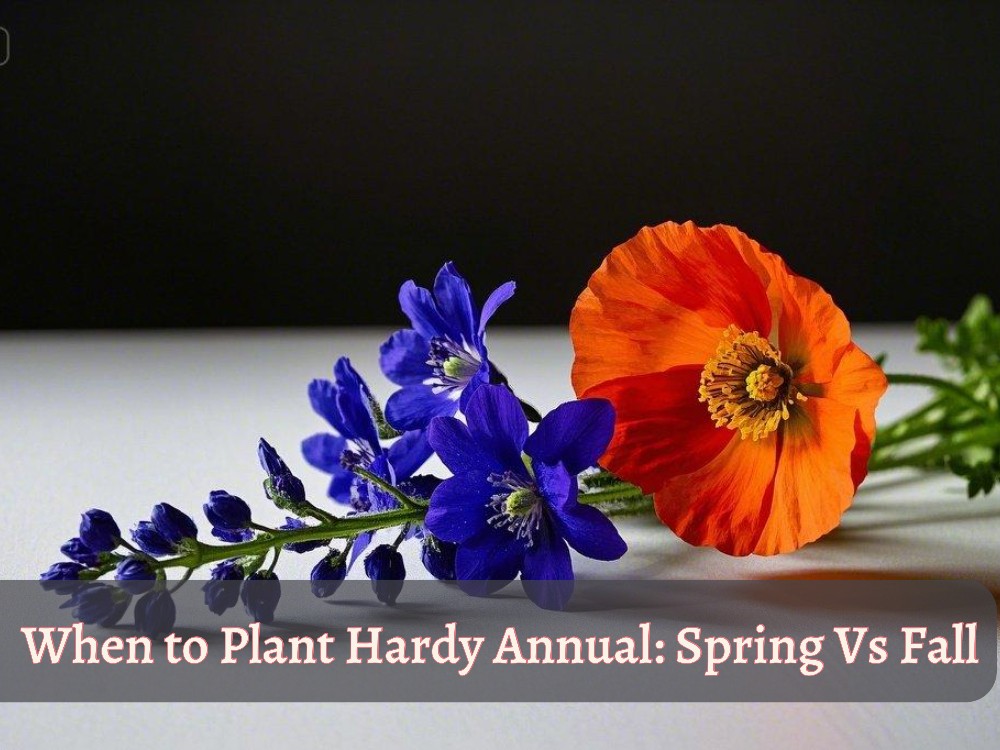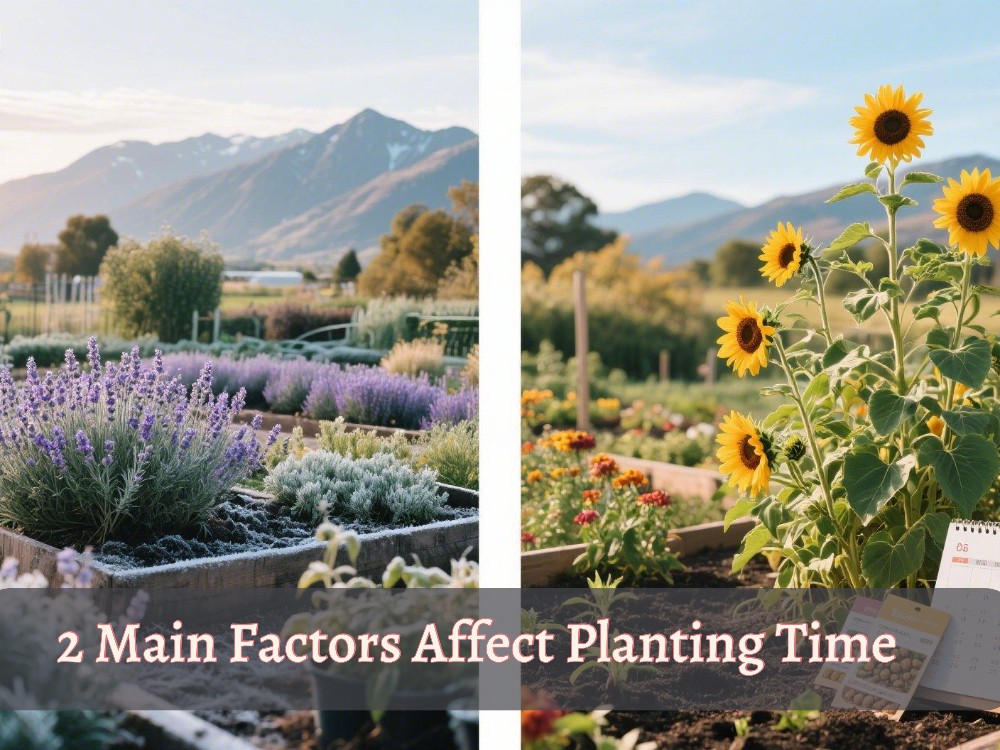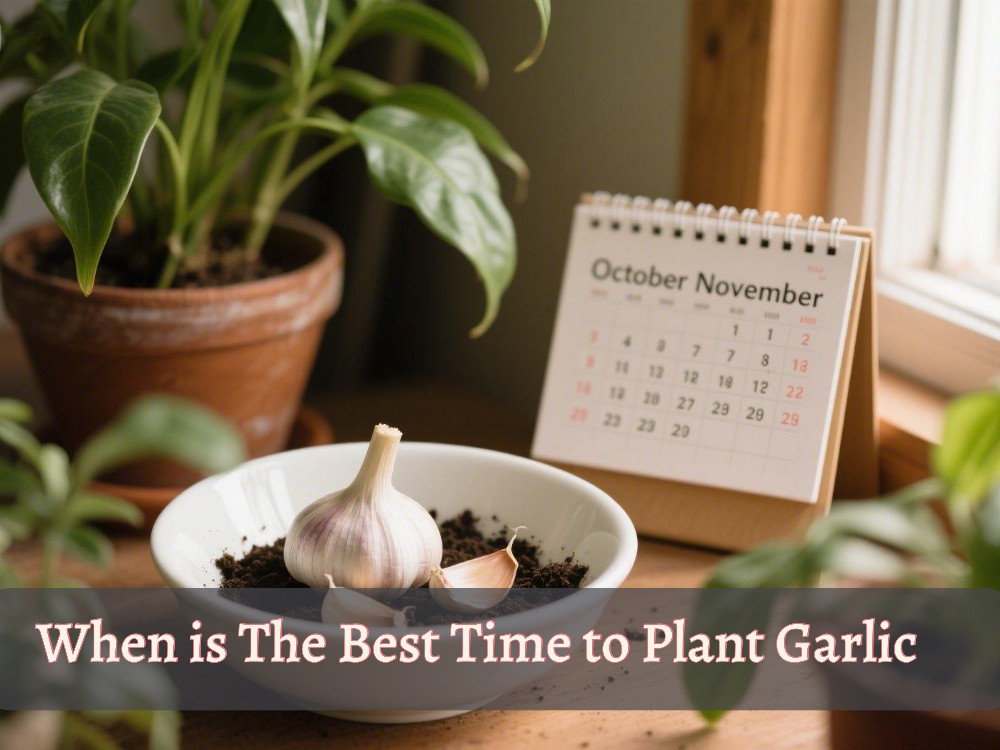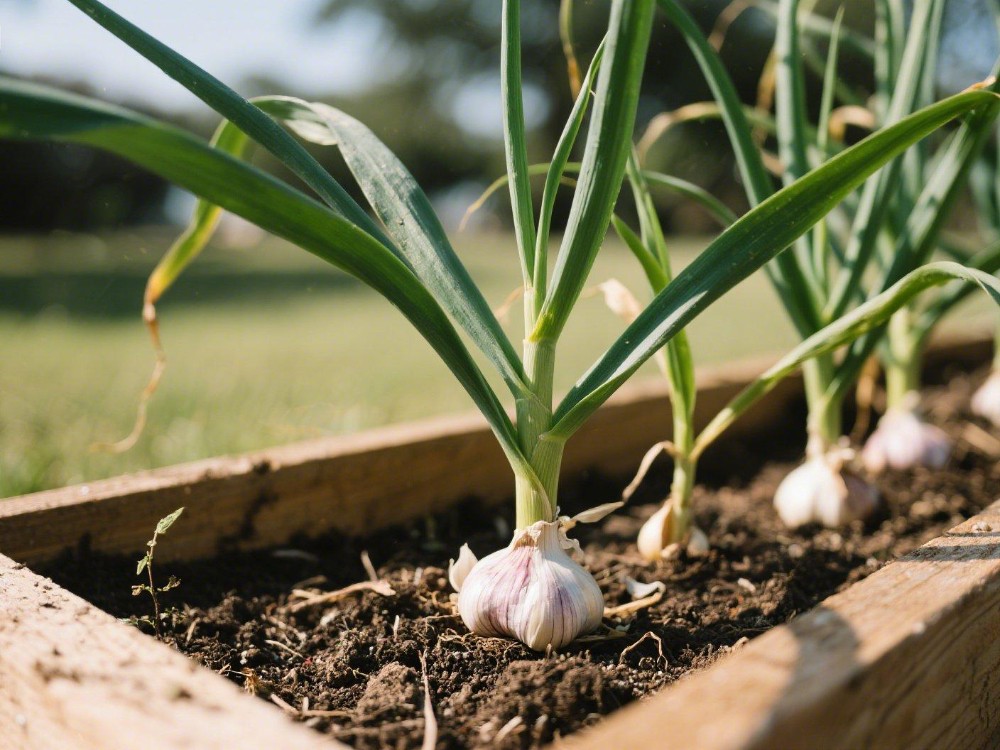You know that feeling when you harvest fresh lettuce leaves, blink twice, and suddenly your garden bed is empty again? Lettuce grows fast, like, really fast. And because it gets used just as quickly, you end up planting it again. And again…..
But here’s the catch: when do you plant it? Everyone has a suggestion, yet no answer fits every garden. That’s because lettuce doesn’t follow a fixed calendar: it follows conditions.
Some grow it in spring, others sneak in a fall crop, and a few even go for year-round harvests (yes, it’s doable!).
Here’s the deal: two things truly decide your lettuce success, your regional climate and the variety you choose. Some types can handle heat like champs, while others crave cooler air. So before you open that seed packet, let’s figure out what works best for you.
Recomanded:
Temperature Range for Lettuce:
- Ideal: 15 to 18 Centigrade (60 to 65 Farnhieght)
- Minimum: -7 Centegarde
- Maximum: 28 Centigrade
The above hint is applied to each region, check if ideal conditions are consistently persisting in your area, and start sowing lettuce seeds. However, more explanations are discussed below.
When to Sow Lettuce Seeds? It All Depends on Your Growing Situation
When people ask “When to sow lettuce seeds?” I smile😊 because there’s no one-size-fits-all answer.
In my area, I’ve found the sweet spot from late fall to early spring when it’s cool enough for outdoor growing. But surprise rainstorms? They keep me on my toes. That’s why I prefer using containers. If the weather acts up, I can move them indoors easily.
Fall and spring may be “cool seasons,” but they don’t feel the same everywhere. So before following generic advice, trust your local climate, it really makes all the difference.
When to Plants Other Crops
- Can You Plant a Pear Tree in the Fall? Complete Guide
- When is The Best Time to Transplant Trees for Better Growth
- Can You Grow Loquats in Georgia? What’s Reality
- When to Plant Loquat Seeds in Florida for Best Growth
- Explore When to Plant Loquat Seeds in Texas
- Do pears grow well in North Carolina? What Gardeners Must Know
Lettuce Planting Time Based on Regional Climate
Let’s be honest! No matter how perfect your seeds are, if your local climate isn’t on your side, it just won’t work. When it comes to lettuce, regional climate is everything.
To figure out the right planting time, I always look at three things: frost dates, growing season, and soil temperature trends. These tell me when and how long my lettuce can actually thrive outdoors.
And for YOUR growing area, I’ve grouped regional climates into colder and warmer zones using general data for better clarity.

Colder Areas with USDA zones 3 to 7
In colder regions like the Northeast U.S., Alaska, and parts of Europe, frost arrives early and stays late, often into late May.
Spring starts slowly, and the overall growing season is short. These conditions make it harder to grow heat-sensitive crops like lettuce without planning.
That’s why the first batch of lettuce is often started indoors in these zones, usually 4 to 6 weeks before the last expected frost. Once temperatures rise above 40F (4C), seedlings are moved outside.
Early-maturing and cold-tolerant varieties are the best choice here, as they adapt well to short, cool seasons.
Planning for YERA-ROUND Lettuce in Colder Zones
To keep the harvest going, sow a second batch every 2–3 weeks (this is called succession planting).
As fall approaches, sow another round in late summer so they mature in cool weather before the hard frost returns.
Once true winter sets in, shift completely indoors or use cold frames or greenhouses. Choose cold-tolerant varieties for this time.
With the right rhythm, you can enjoy fresh lettuce even when your garden is covered in snow.
Warmer Areas with USDA zones 8 to 10
Living in a warm region like mine, where winter temperatures rarely drop below freezing. Here, we play a different game. Places like Pakistan, Texas, and Southern California all share this: a short winter and a long, hot summer.
How I Grow Lettuce in My Warm Climate (Ans What Actually Works)
In my case, I prefer sowing lettuce seeds in late fall through early spring, when the weather is cool and gentle.
For winter, I stick to cold-tolerant varieties like Butterhead or Winter Density: they thrive beautifully.
As spring rolls in and temperatures rise, I switch to heat-tolerant types like Jericho or Coastal Star to keep the harvest going.
But I won’t lie! June and July get rough. The heat is just too intense, so I give my lettuce a rest. No planting, just shade and survival.
Lettuce Resting season may be different in YOUR AREA!
Then, as soon as August rains bring some relief, I’m back at it. A fresh round of seeds, is carefully chosen, and the cycle starts again.
That’s the beauty of gardening in warm zones: it’s flexible, but only if you stay a step ahead. Pick the right variety for the season, and you can enjoy lettuce almost year-round! Just like I do.
How Does Lettuce Variety Change Its Planting Window?
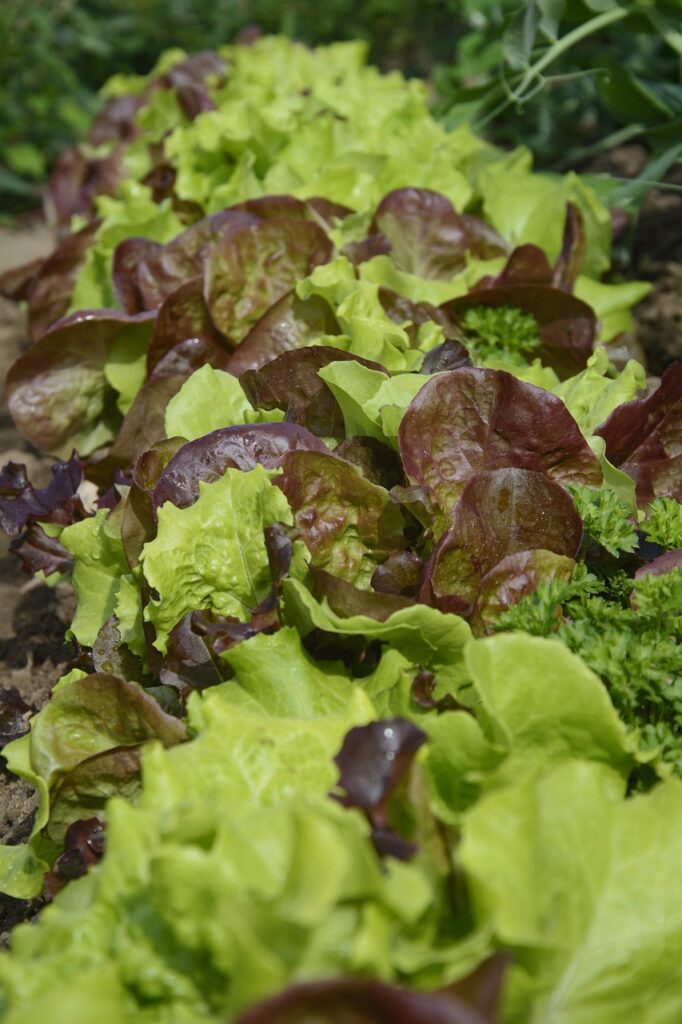
Here’s the thing: lettuce isn’t just “lettuce”
Each variety comes with its little attitude, some love a bit of spring chill, others melt at the first sign of summer.
And that’s exactly why your planting calendar might change depending on the variety you pick.
How? Just remember three things:
- What season does it like
- What temperature can it tolerate?
- And how many days does it take to mature
Heat-Tolerant Varieties
Now, for gardeners like me living in a warmer region, I prefer varieties that can mature fast and handle the spring heat, that way I can harvest before summer gets serious.
Something like Jericho or Buttercrunch? Yes, please! These do well when sown in late winter or very early spring, and I don’t have to worry about them bolting too soon.
Cold-Tolerant Varieties
On the other hand, if you live somewhere colder, where spring comes late and frost sticks around:
You’ll want a cold-tolerant variety that can sit through cooler nights without slowing down.
Start those indoors in trays and move them out when the frost finally takes a break.
For Year-Round Harvest!
Oh!😯 what if you’re one of those ambitious gardeners dreaming of a year-round lettuce harvest?
In that case, you’re not tied down to one perfect variety. What really matters is your indoor setup.
You can control the temperature, light, and watering schedule — so your variety just needs to match what you can provide. Indoor growing flips the script: instead of adapting to the variety, you build a mini climate that adapts to it.
In short:
- Your growing season sets the outer limits.
- Your variety decides the pace.
- And your setup? That’s the secret sauce for making lettuce a year-round guest in your kitchen.
Other’s Plant’ Lifecycle
- 8 Lettuce Growth Stages: A Deep Breakdown With Science
- Is Lettuce Annual, Biennial, or Perennial? Full Life Cycle
- Are Tomato Plants Annual or Perennial? Truth Has Been Revealed
- Is Garlic a Perennial or Annual? Why Leaving It in Soil Matters
- How Long Does Garlic Take to Grow Naturally?
- When Do Biennials Complete Their Life Cycle? Discover the Truth
The Decision Between Outdoor and Indoor Lettuce Planting
Why I Start My Lettuce Indoors (And When Exactly I Do It)
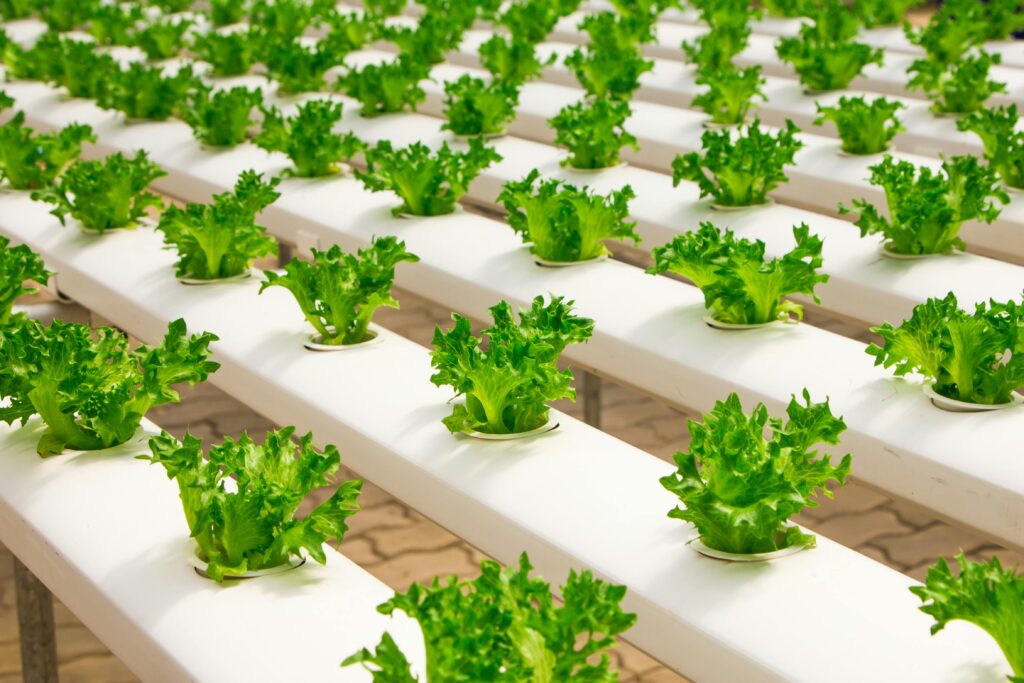
I usually start my lettuce seeds indoors around mid to late November. Why so early? Well, two big reasons:
- First, the winter weather in my area (which doesn’t drop much below freezing) is unpredictable. One day it’s cloudy and calm, the next day, surprise rain and gusty winds!
- Second, I’m honestly just impatient. I love getting a head start and tasting those baby leaves weeks before most gardeners even step outside.
By starting indoors, I get to control the environment, not worrying about wild weather messing things up.
Plus, I often get to enjoy a mini harvest of baby greens by mid-December, long before I move the rest outside. It feels like a little win during gloomy days.
So yes, for me, indoor seed starting isn’t just smart: it’s satisfying. And trust me, once you try it, you’ll never want to wait until spring again.
When I sow Lettuce Seeds Outdoor: One Spring Garden, Two Lettuce Plans

Honestly, spring is my favorite lettuce season, not just for transplanting my indoor seedlings into the garden beds but also for starting a brand-new batch outdoors.
And when I sow directly into the soil, I make sure to use early-maturing varieties. That way, I can enjoy a full harvest before the summer heat kicks in.
Here’s how I do it:
The transplants from indoors go straight into my garden soil, but only when the beds are well-prepped with light, well-draining soil (no heavy clay, thank you!).
And for the fresh seeds I sow outdoors? I always choose containers. Why?
Because containers let me control the soil mix better, I usually go for a fluffy, compost-rich blend that drains well and keeps my seedlings happy.
It’s kind of my signature setup: seedlings in the garden and new seeds in containers.
This two-pronged method gives me a head start and keeps my lettuce rotation running smoothly.
Plus, it’s honestly so satisfying to see both stages growing side by side!
Final Solution: When to Sow Lettuce Seeds?
(Your Climate Zone + Lettuce Variety + Growing Setup) = Year-Round Planting Window
It’s your turn now, grab that formula, check your climate, pick your variety, and start growing lettuce like a pro, all year long!When to Sow Lettuce Seeds: YEAR-ROUND Planting Window
Plant Care Tips
- Key Difference Between Wet and Moist Soil for Gardeners
- 4 Obvious Signs Your Plant Needs Water (Don’t Ignore These!)
- How to Store Potting Soil: DIY Ideas With Practical Steps
- All Signs of Termites in Mulc Bags, Piles, or Around Plants
- Top 7 Mulch to Prevent Termites: Pine Straw vs. Other Mulch
- 10 Reasons Your Plants Aren’t Thriving in Their Environment
- Limestone in Agriculture: Why Calcium Carbonate for Soil Matters
- What Happens If You Plant Moldy Wheatgrass: Risk and Solution
- How to Store Bulk Garden Soil: Learn From Common Mistakes
